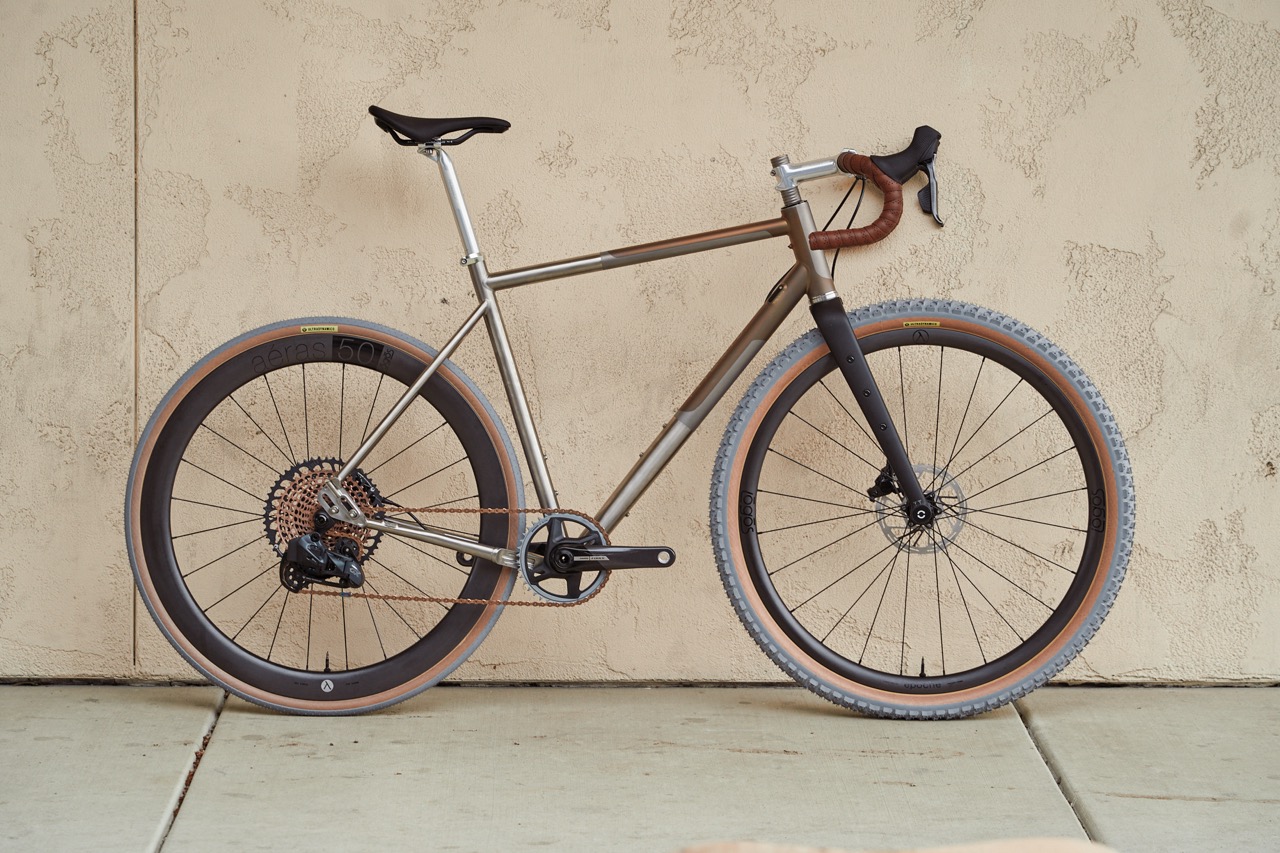That’s right, the minds at Thesis Bike have developed a bike that transforms from a fast and responsive road bike to a stable and capable gravel bike. They say that code name Project N1, will do “everything in-between” as well. Could it be the last drop bar bike you’ll ever need?
With classic road aesthetics, generous tire clearance, and extensive component compatibility, it looks like a thoughtful design to me. Let’s go over some of the thinking and design behind the Thesis prototype.
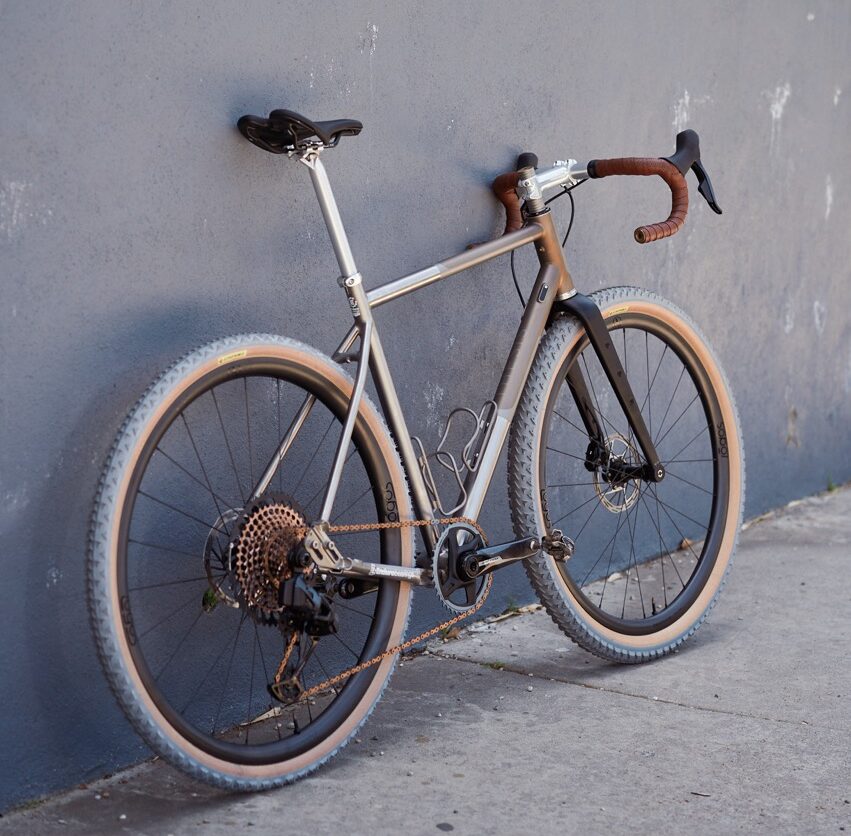
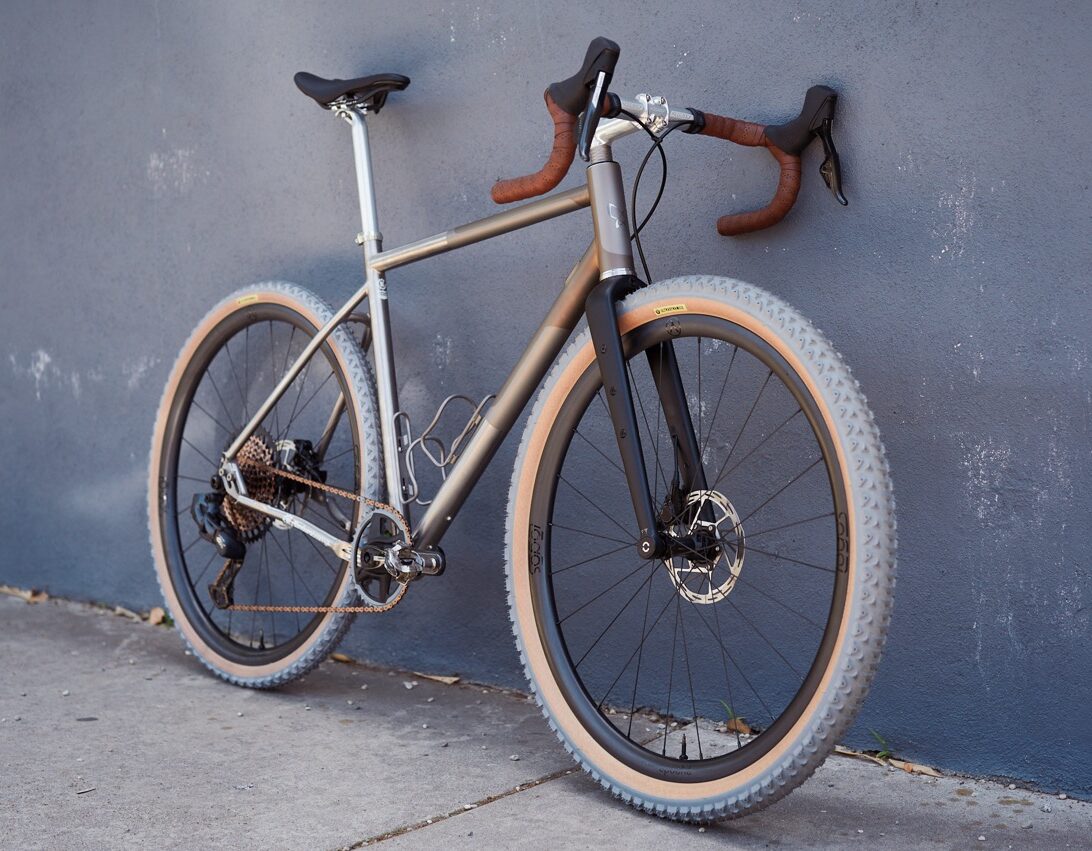
When compared to road bikes, gravel bikes will have slacker head tube angles, increased fork offsets, longer wheelbases, bigger tires, and dropped bottom brackets. The components and fit are similar, but the differences in fit and positioning, handling, and tire clearance meant choosing a bike for the different terrains.
Choosing between “a blended all-road bike, a partially-adjustable bike that compromises some geometry for others, or an entire stable of single-purpose bikes. This is part of what gave rise to the belief that the optimal number of bicycles is always one more than you currently have – N+1.”
What if One Bike Could Be Many
“That was the inspiration behind “Project N1”, the code-name for Thesis’ effort to create the first bicycle that adapts quickly and completely from road to gravel and everything in between.”
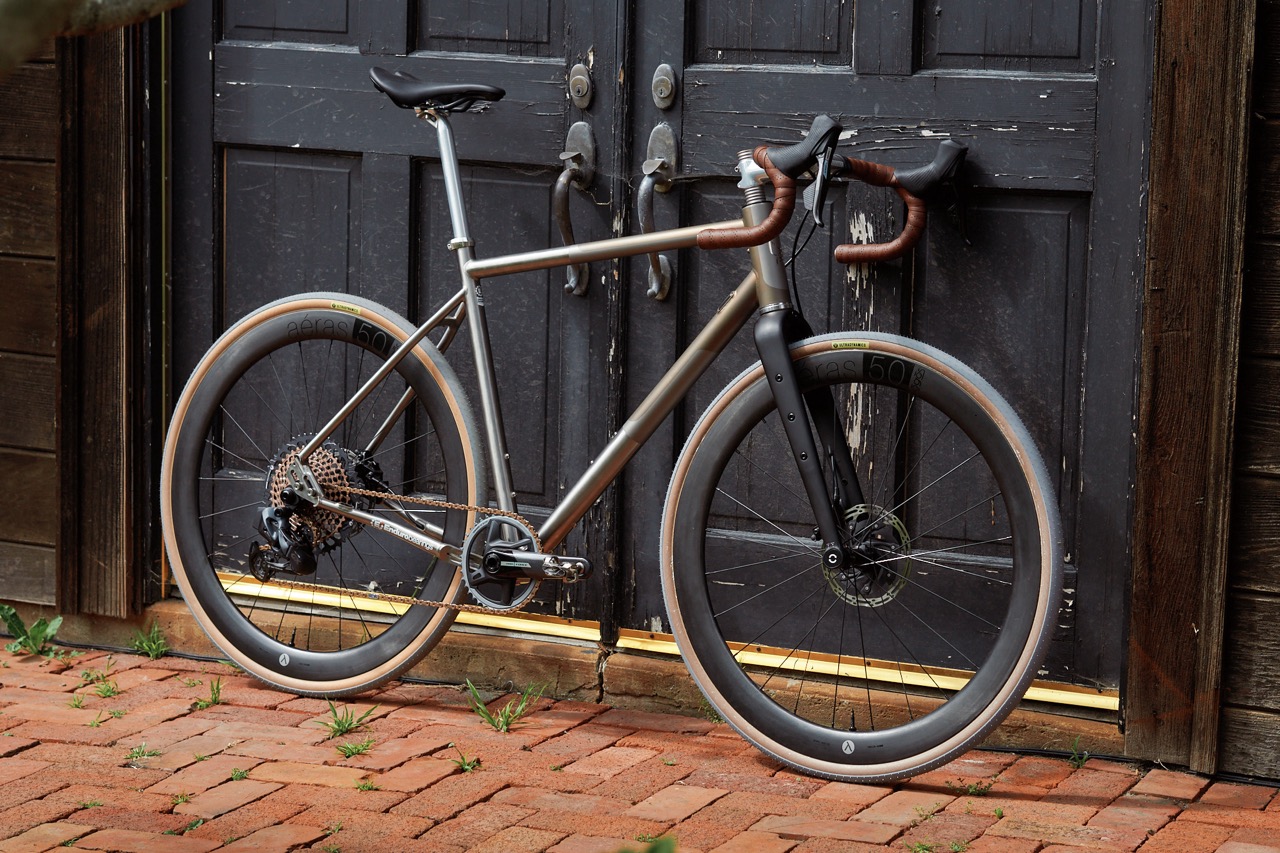
Rotate, Stretch, Drop
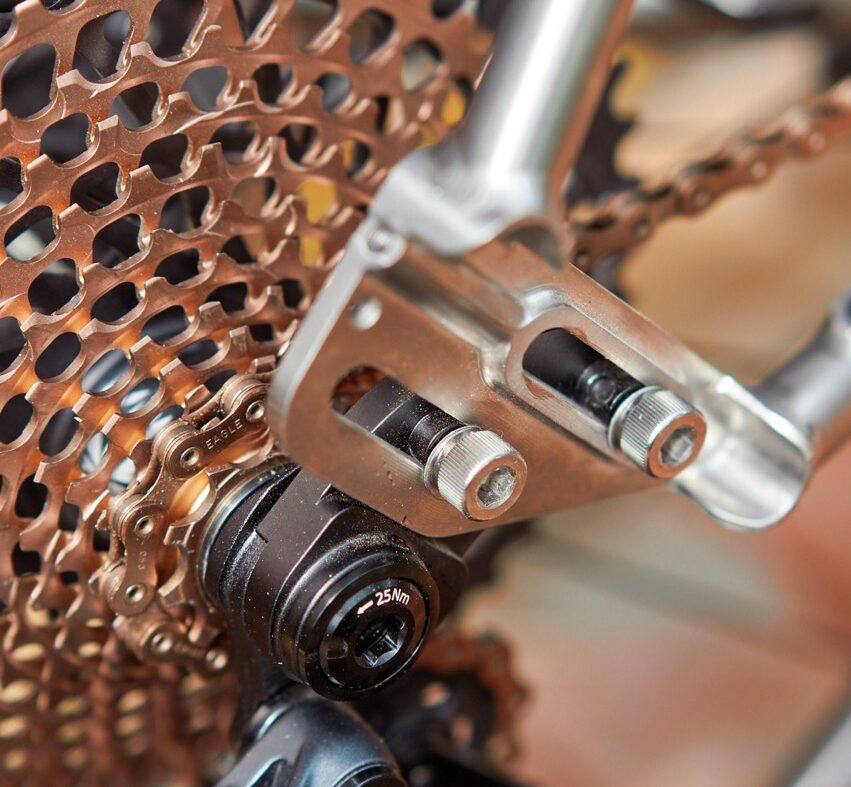
Thesis’ Project N1 prototype can switch from gravel geometry to road in just a matter of minutes with nothing more than a hex wrench. The rider loosens Thesis’ unique, diagonal-sliding dropouts when swapping wheels, completely transforming the bike’s character.
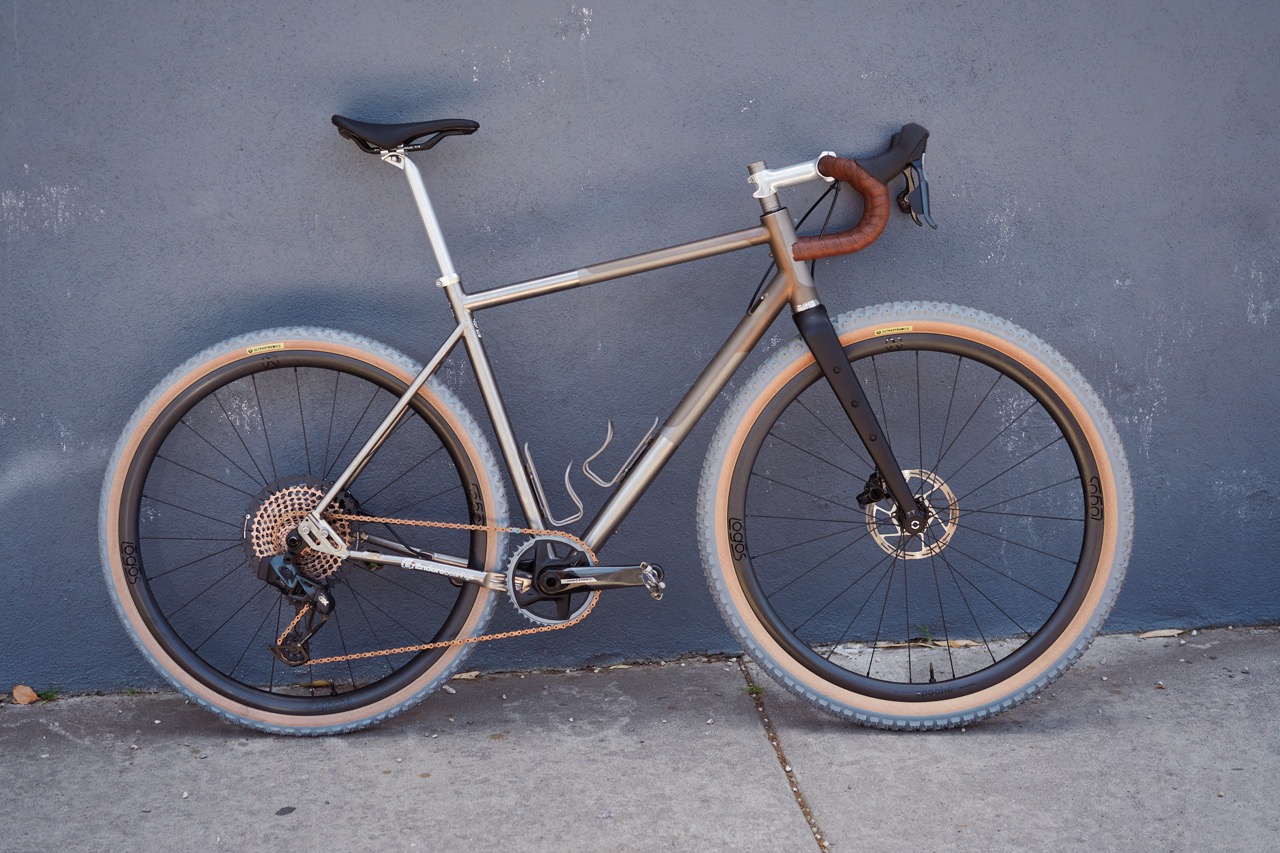
For gravel the rider slides the axle up and back, slackening the head tube, increasing the wheelbase, and dropping the bottom bracket. Thus allowing for increased stability and the use of bigger tires.
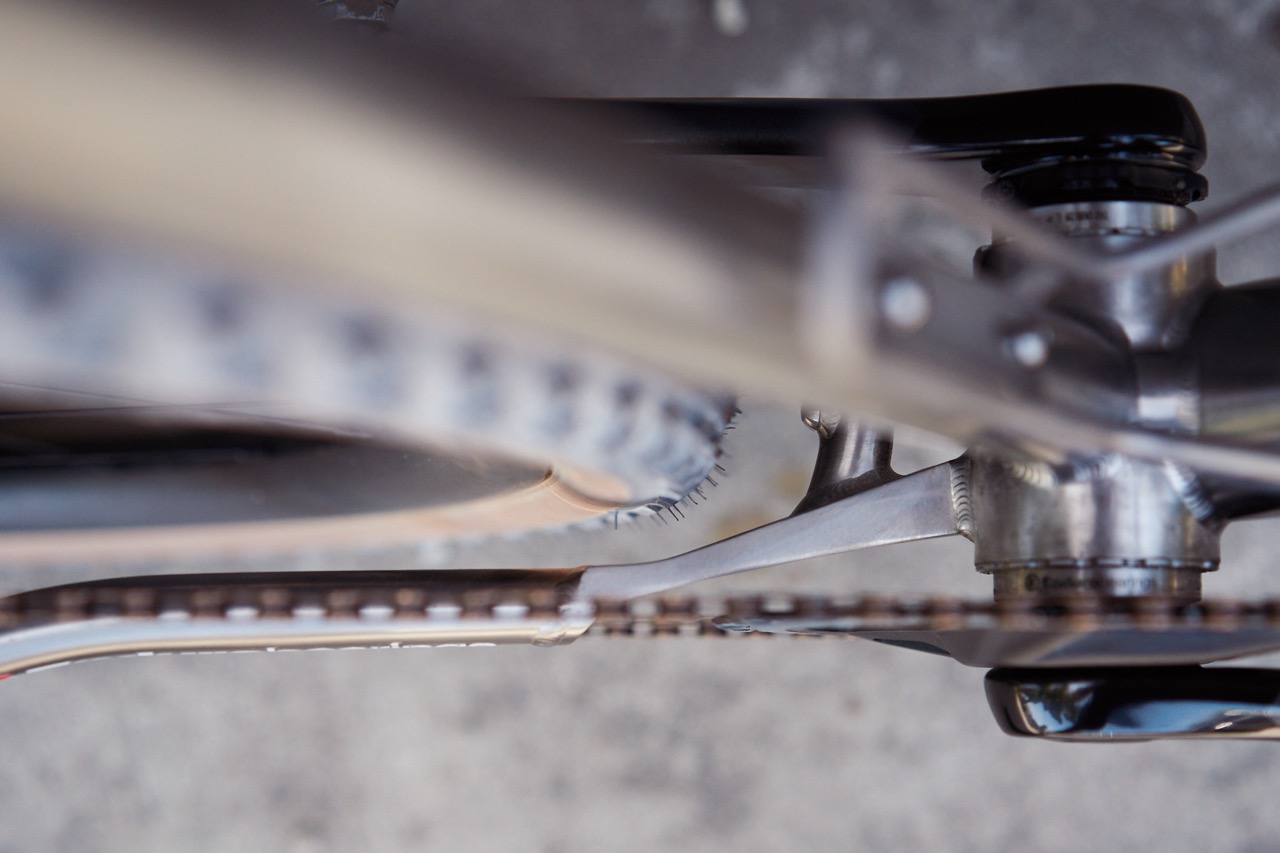
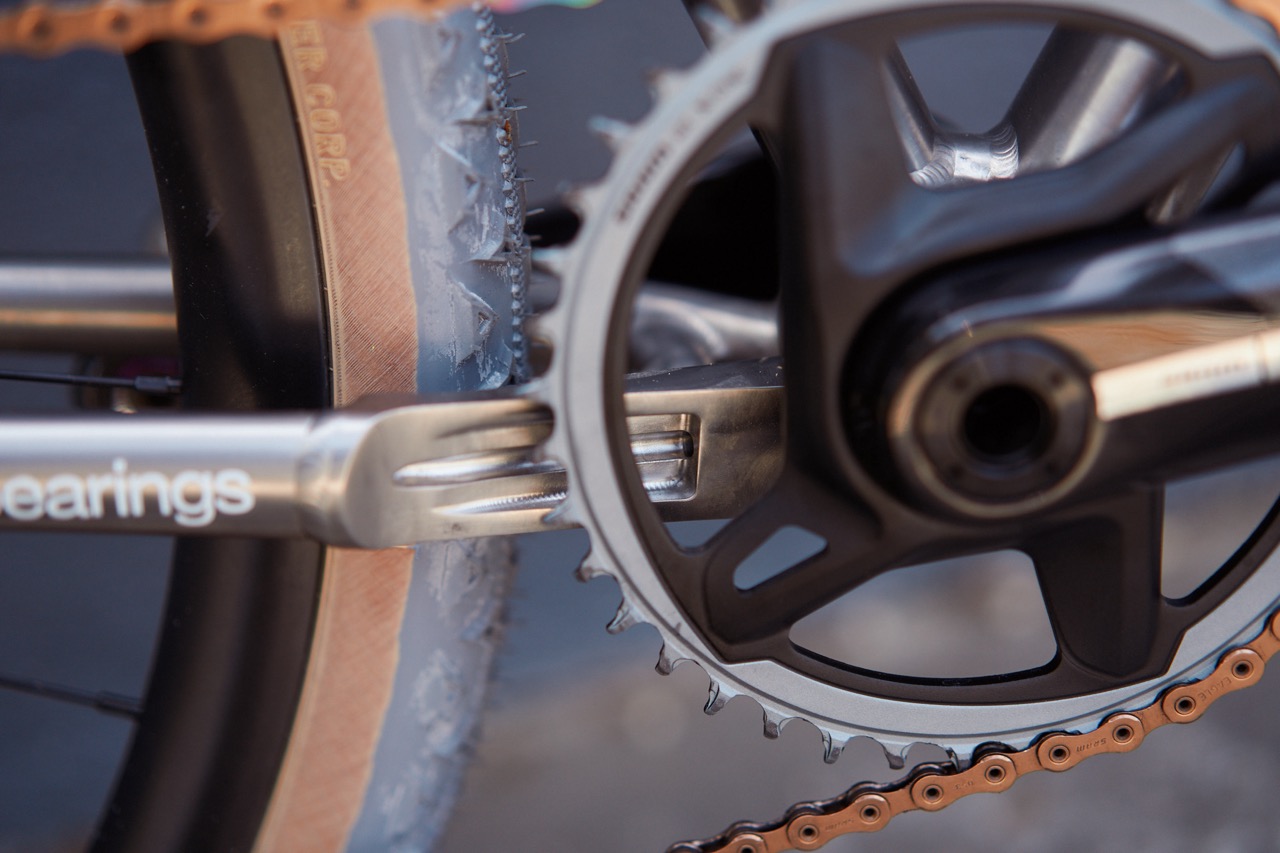
Tires clearance is up to 700x51mm or 650bx57mm with a 68mm road bottom bracket for chain line and q-factor, without reverting to dropped chainstays.
Flippin’ The Chip
The finishing of the geometry transformation is the flipping of the fork’s flip-chip. The fork is currently still under development. Flipping the chip will move the axle 10mm away from the caliper, extending the fork’s axle-to-crown measurement, and further slackening the head angle.
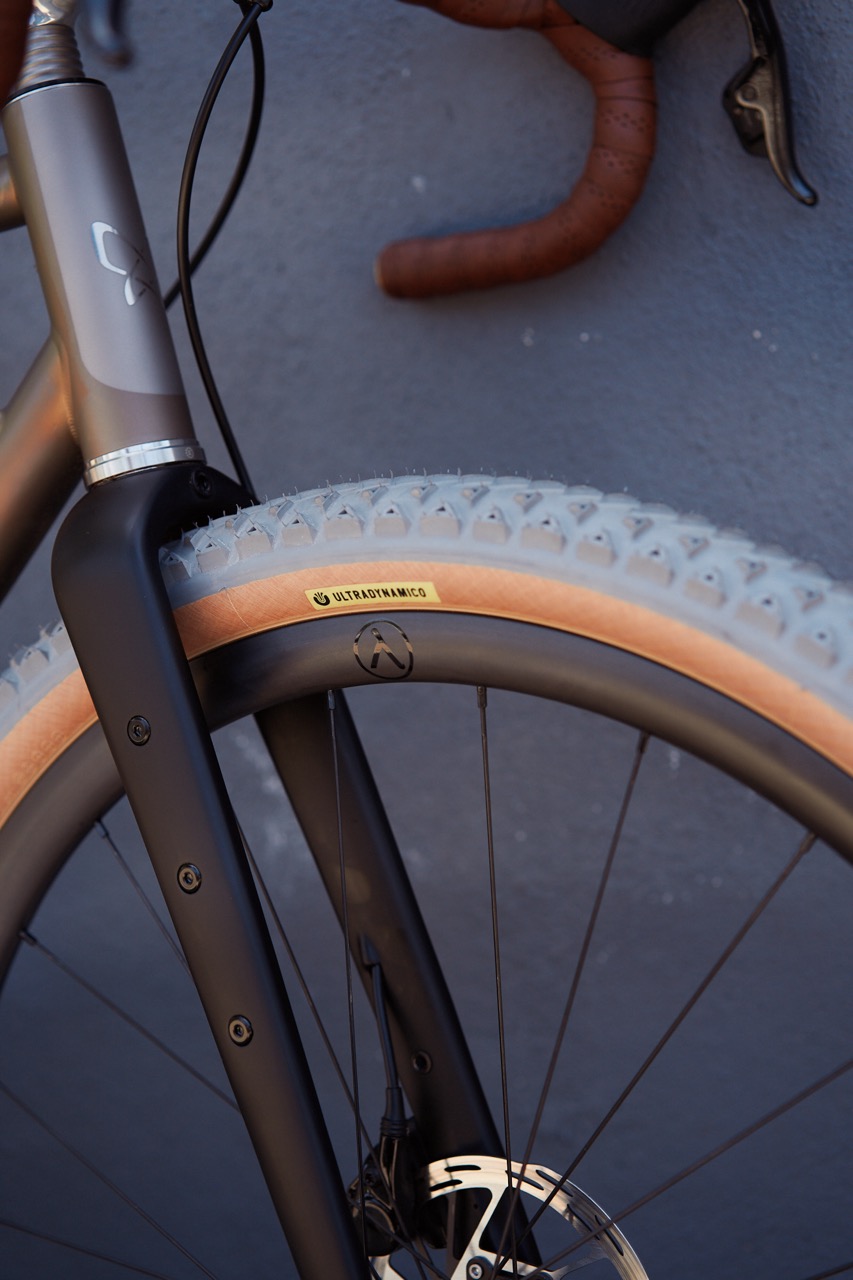
At the same time, it allows the fork offset to be corrected and the front center to be increased. What about the 10mm discrepancy at the caliper? Thesis suggests utilizing a 160mm rotor on the road wheelset and a 180mm on the gravel wheelset. This will eliminate the need to move the caliper when flipping the chip and swapping stuff over.
Thesis Head of Brand, Sam Jackson had this to say:
“Figuring out how to make the swap between modes simple and approachable for novice riders with limited mechanical knowledge was essential to the success of the design. We’re happy to say that it’s incredibly easy to switch the bike between gravel and road setups; going from end to end on the rear sliders completely transforms the bike without any need to tinker with the brake caliper. This is truly a do it all bike that people will be able to swap between a road and gravel bike as frequently as they want to, enabling an immense amount of latitude within one bike. The idea was to vary the handling from Land Cruiser to Lamborghini, and without a doubt it delivers.”
The Flippin’ Difference
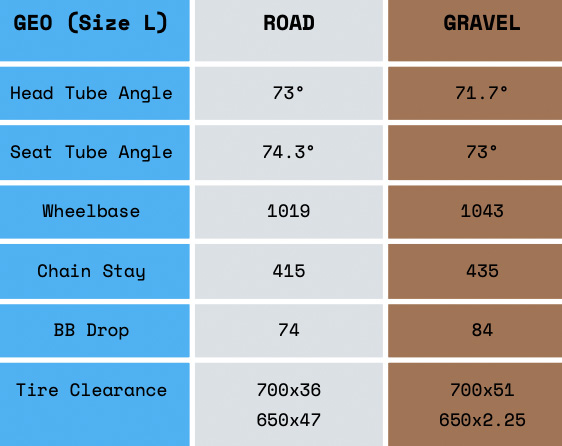
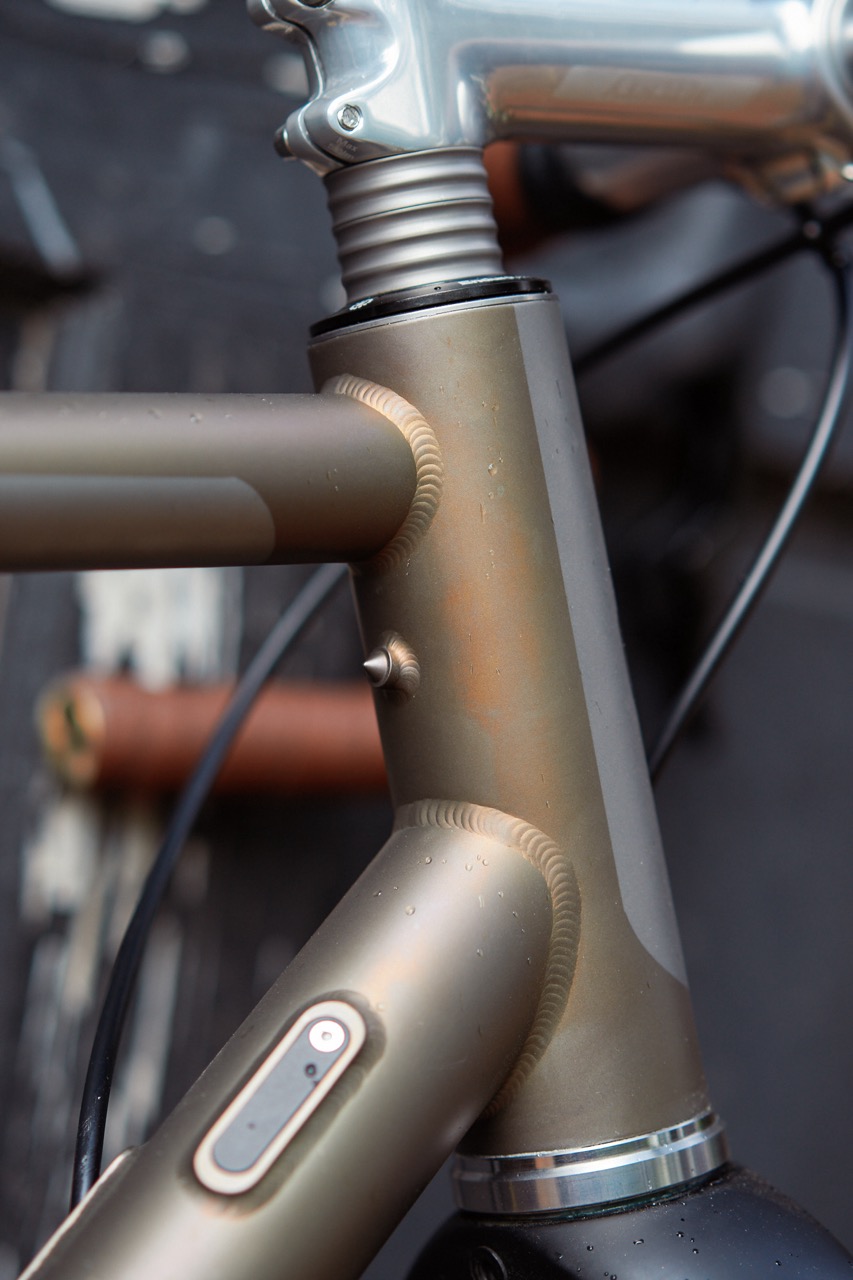

Project N1 Frame Highlights
- Threaded T47 68mm BB
- Straight 44mm head tube
- Round 27.2 seatpost secured by a traditional collar
- Future-proof UDH & Transmission-compatible dropout system
- Micro-adjustment screws the rear dropouts
- Compatibility with 1x/2x mechanical & electronic, internally-geared hub, & single-speed drivetrains
- Support for fenders, racks, dynamos, wired lights, droppers as well as
- Partial-internal, full-internal, & full-external (fork-only) routing.
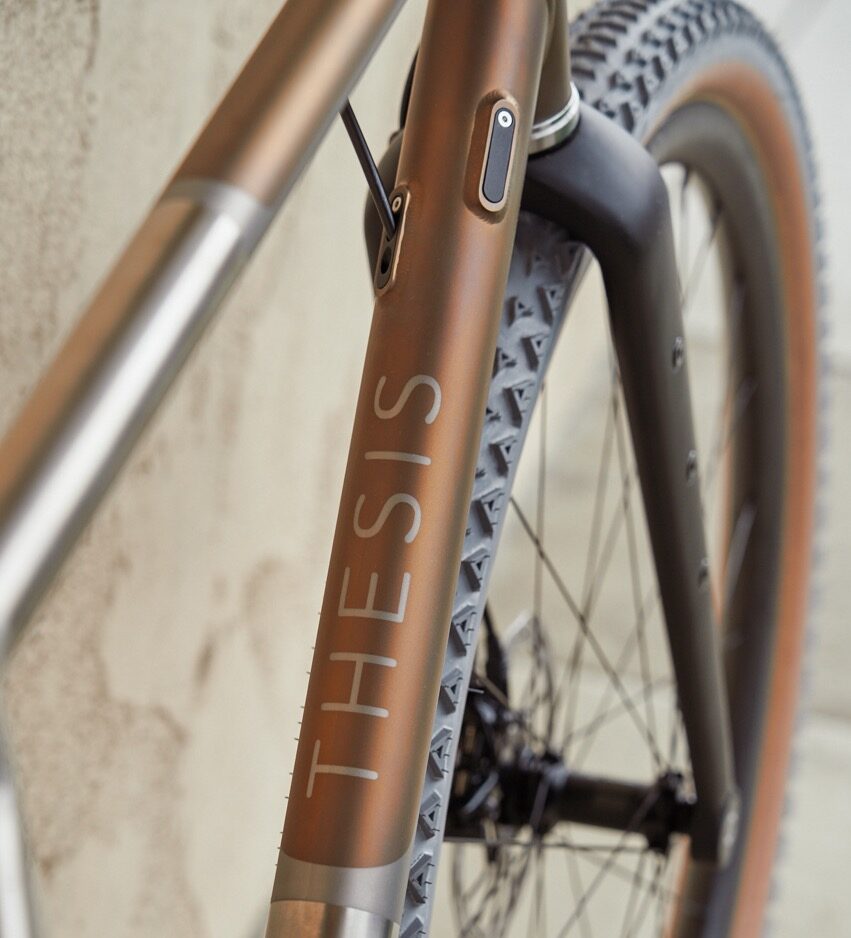

Pricing for the Thesis Project N1 has yet to be announced. Thesis will be providing updates and a special pilot program offer through its newsletter and Dealers. Titanium production is slated for late Summer, followed by a high-value performance steel version (Nice!) currently under development.
